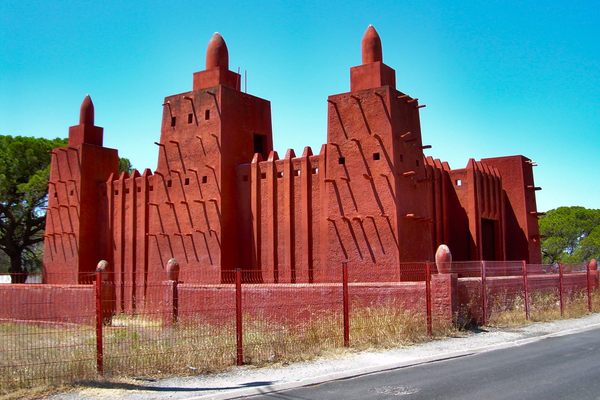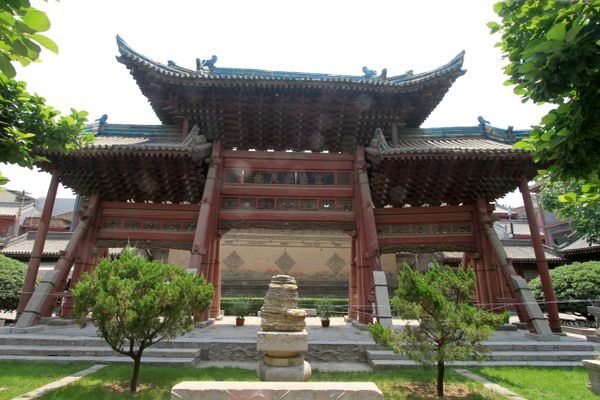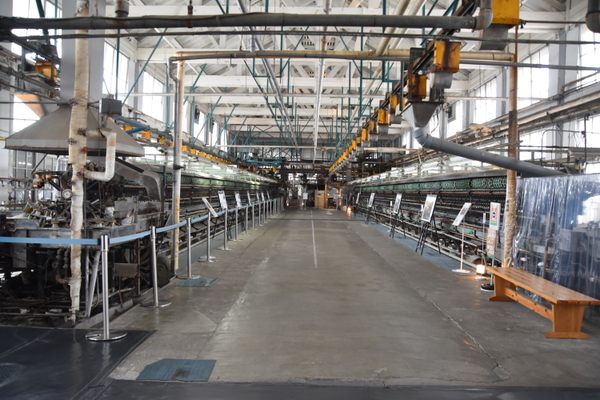About
Stolac may be unfamiliar to some, but this village is located in Herzegovina Humina, a region that has been inhabited for at least 15,000 years. In addition to prehistoric carvings, archaeological remains in the area testify to the presence of Illyrians, Romans, Ottomans, Austro-Hungarians, and Slavs. The buildings in the center of Stolac bear signs of Christian (Orthodox and Catholic), Islamic, and Judaist religious traditions.
Čaršija Mosque (Emperor’s Mosque) was built in 1519 under the aegis of Sultan Selim and exemplified the local take on the traditional Ottoman architectural style. Unfortunately, the 1992-1995 war left behind immense human and cultural devastation. According to UNESCO, approximately 75 percent of the entire cultural and archaeological heritage in Bosnia and Herzegovina was lost during this relatively short period of time. During the summer of 1993, Stolac was bombed to the ground, including one of its most important and recognizable structures: the Čaršija Mosque.
Reconstruction work on the mosque and compound began in 2001. Using pre-war photographs and piecing together the larger fragments, it took three years for a team of experts to complete their mission. The mosque finally re-opened to the public in 2004.
One distinctive feature of the Čaršija Mosque is its façade, which showcases some fine murals. The compound where the mosque is located also includes an old well, a fountain, and a cemetery. A school, a reading room, an inn, and a building accommodating 15 shops are also an integral part of the compound, delimitating segments of its boundaries. Beside the gate located directly opposite the entrance to the mosque is a clock tower. All these features have been rebuilt and now represent the heart of Stolac.
Related Tags
Community Contributors
Added By
Published
August 25, 2022




































